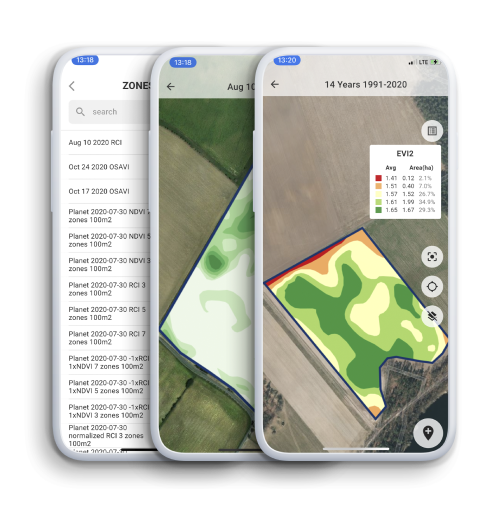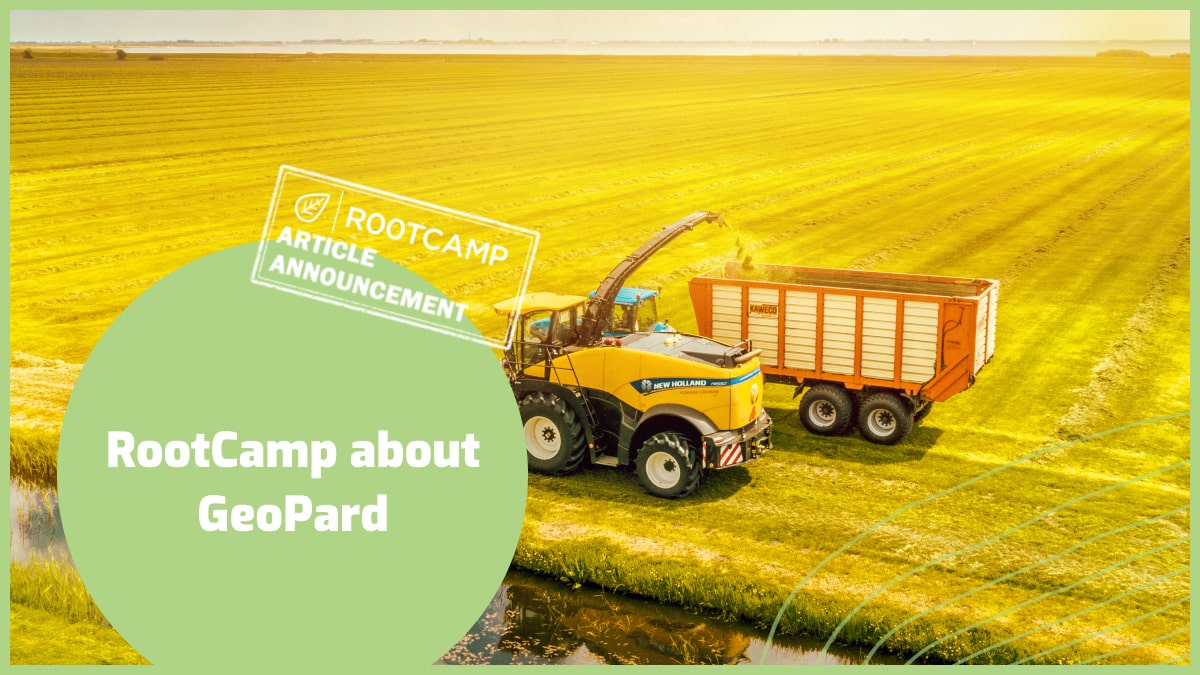We all benefit from every crop that is produced by farmers across the globe. These crops keep us going and fed but we as beneficiaries rarely think or even discuss them. Those who live in towns and even cities are the worst since they rarely think about this since they are far away from farms.
The manner in which we plant crops is essential for both our economy and also for our environment. There are regions around the globe that in the past millennia have been busy industrializing and heightening the economic output through agriculture.
However, recently, the world has witnessed excessive environmental damage and these practices continue. Among these destructive practices is monocropping. Read on to find more about monocropping and also multiple cropping and everything surrounding them.
What is Multiple cropping: types and benefits
Multi cropping is defined as planting two or even more kinds of crops in the same field. It is also known as polyculture. Usually, these crop species always possess overlapping growth cycles.
But again, there exists a type of multi-cropping that is known as intercropping. It involves planting several crops in the same field within similar growing seasons.
Multi-cropping is always most common in small fields where the intention is to simply feed the family or even the community that works on the farm and also trade some of the crops outside. This kind of system usually relies on locally improved cultivars.
They are also called landraces. Besides that, you also need to be aware that multiple cropping systems are not a new method in farming since it has been in the use ever since. It has been used in:
- Indonesia
- Egypt 300BC
- Maya Indians in Central America
- Incas in South America
Advantages and Disadvantages of Multiple Cropping
Advantages of Multiple Cropping
As much as it is useful to the soil, it is also of much importance to farmers and also for the country where it is practiced. Below is a list of some other benefits that you need to expect whenever you embrace multiple cropping:
- It increases the harvests
- It increases the export
- It increases foreign exchange
- It aids in handling weeds
- It aids in maintaining and improving the soil fertility
- Lowers pests and diseases when compared to monocropping
- Several types of products can be easily produced at a go
- Aids in giving families across the globe a balanced diet
- It acts as a better source of soul use
- It heightens harvest per unit of land
Disadvantages of Multiple Cropping
Even though it has several advantages, below are some of the disadvantages that you need to expect:
- Pests and even diseases can make it very easily
- The use of the currently available technological innovations is difficult
- Pests and diseases can move from one crop to another one easily
- Controlling weeds is always harder
Types of Multiple Cropping
Below are some of the ways that multiple cropping can be classified:
- Monoculture – This is the planting of similar crops in the same field in a year such as rice beans after beans and kales after kales.
- Duo culture -This is a situation whereby two conflicting crops are planted at different times of the year in the same field. For example, rice after kales.
- Polyculture –This involves more than two different types of crops planted in a sequence in a field in the same year.
Other Types of Multiple Cropping
1. Mixed cropping – this is that type whereby two or even more crops are planted at the same time and also mixed in the same season and lastly in the same season field. Here at mixed cropping, crops area are always harvested one after another based on the maturity periods.
2. Relay type of multiple cropping – for this, the second or the minor is planted some fewer times before the yields of major crops such as planting the seeds of watermelon in a rice field.
3. Pure stand multiple cropping – this is also multiple in that crops are planted successively based on a particular time of the year in a given field owned by a farmer. Here, all of the crops that are grown are harvested at different times and also independent field preparation of the field for each of the crops grown.
4. Intercrop type of multiple cropping – this is another form where the second crops are planted in the spaces that are left by major crops in a different sequence or pattern. For instance, between two rows in a sugarcane plantation, lenticels can be grown.
Multi-cropping is defined as planting two or even more species of crops in the same field. Below is a list of some other benefits that you need to expect whenever you embrace multiple cropping:
- It increases the harvests
- It increases the export
- It increases foreign exchange among many others.
Frequently Asked Questions
1. What is double cropping?
Double cropping, also known as multiple cropping, is the practice of growing two or more crops in the same field during a single growing season. It involves utilizing the time between the harvesting of one crop and the planting of the next to cultivate another crop.
Double cropping can significantly increase agricultural productivity and optimize land use. By taking advantage of favorable climate conditions and using crop rotation strategies, farmers can maximize yields, diversify their income, and enhance overall food production.
2. Which of the following is an example of parallel cropping?
An example of parallel cropping is the simultaneous cultivation of different crops in adjacent rows or strips within the same field. This technique allows for efficient land utilization and facilitates the management of different crops with varying growth requirements.
For instance, planting corn and beans side by side in separate rows would be an example of parallel cropping. This approach optimizes space, maximizes crop diversity, and enables complementary interactions between plants, such as the nitrogen-fixing ability of legumes benefiting neighboring crops.
3. What are the requirements of multiple cropping?
It requires certain conditions to be successful. Firstly, sufficient land space is needed to accommodate multiple crops in the same field. Secondly, proper crop selection is crucial, considering factors like compatibility, growth habits, and nutrient requirements. Adequate knowledge of crop rotation, intercropping techniques, and appropriate planting schedules is also essential.
Lastly, access to adequate water supply, nutrient management, and pest control measures are important to meet the needs of multiple crops and ensure their healthy growth. By meeting these requirements, farmers can optimize productivity and reap its benefits.
4. What is multiple cropping how does it help in farmer’s prosperity?
It helps farmers achieve prosperity by increasing their income and improving food security. By diversifying their crops, farmers reduce the risk of crop failure and market volatility.
It also maximizes land productivity, as different crops can utilize resources more efficiently. Additionally, it allows farmers to utilize idle periods between main crops, resulting in higher overall yields and a more sustainable and prosperous farming system.
5. What is sequential cropping?
Sequential cropping, also known as successive cropping, refers to the practice of growing two or more different crops in the same field consecutively, one after the other, within the same growing season. After harvesting the first crop, the field is prepared for the next crop.
Sequential cropping helps optimize land use, maximize productivity, and extend the growing season. It allows farmers to utilize the available resources efficiently and diversify their income by cultivating multiple crops in a timely manner. This approach can contribute to sustainable agriculture and enhance overall farm profitability.
Whats









